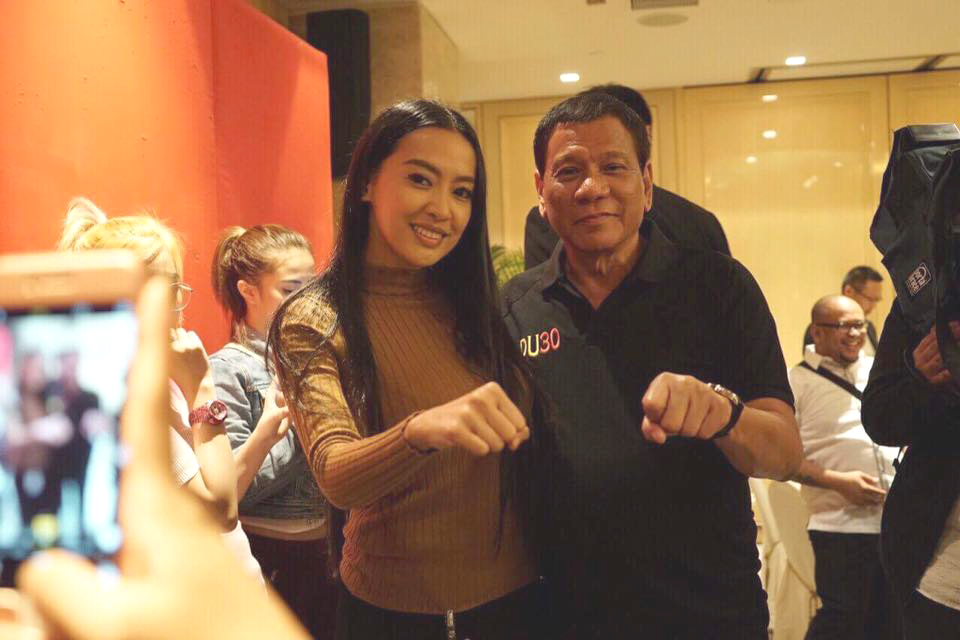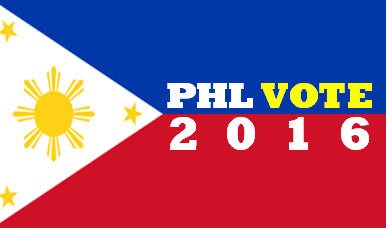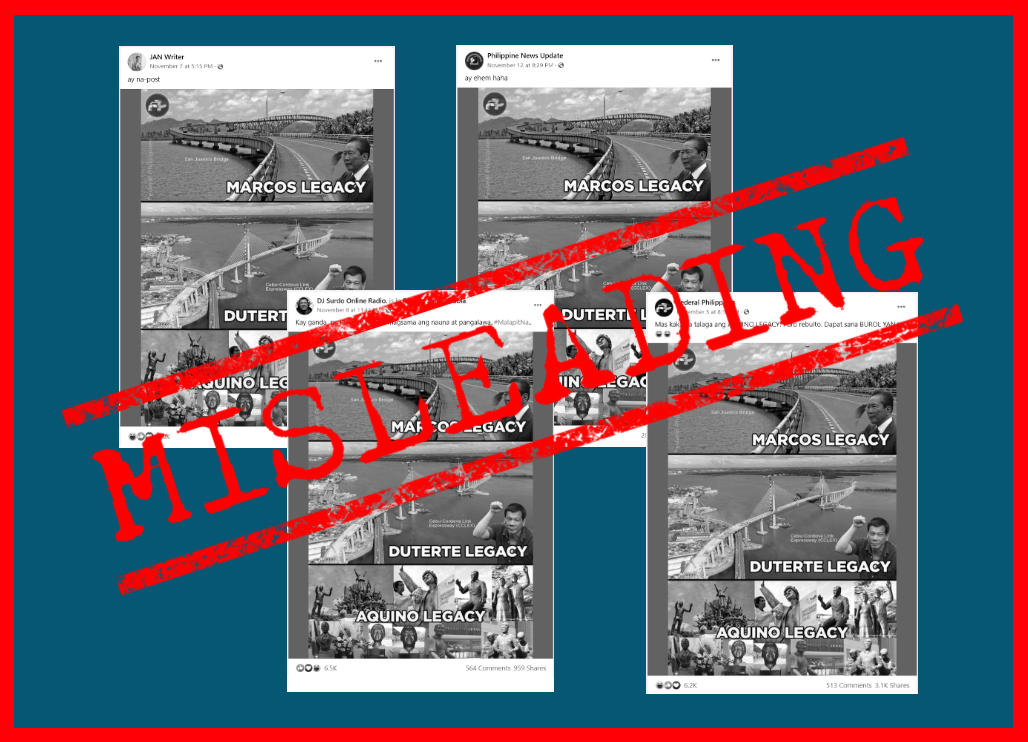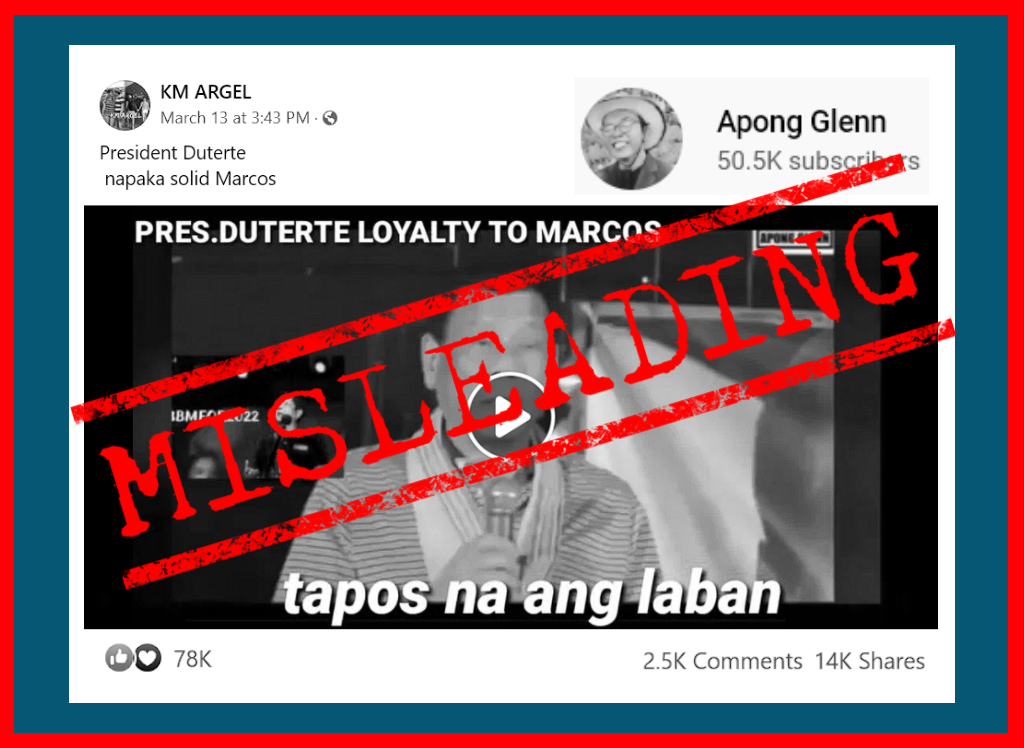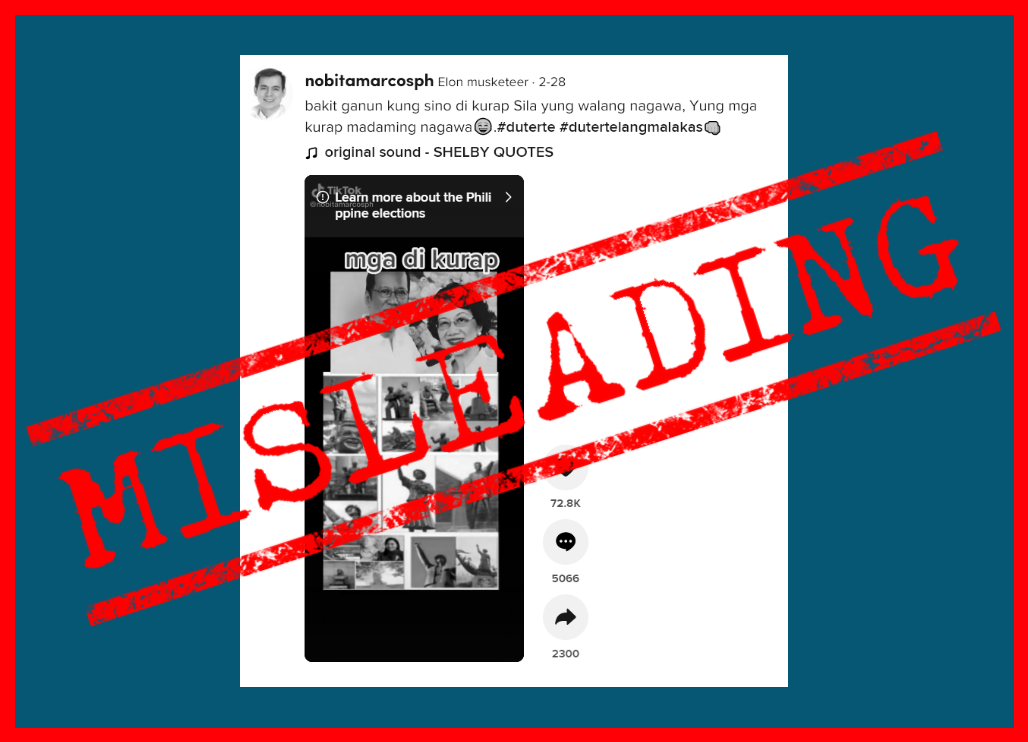Communications Assistant Secretary Margaux “Mocha” Uson hopes that President Rodrigo Duterte will extend his term “by any means” possible.
STATEMENT
In her column published by the Philippine Star on July 4, Uson cited the accomplishments of the current administration in its first year and said:
“If he could do so much in just one year, imagine what he could achieve for the Filipinos in his remaining five years? Especially if the other politicians would stop serving their own interest and start doing their duty to the people.
“I believe six years is not enough. I am hoping that he would be extending his term by any means to make sure that our country would be lifted out of the horrible pit the past Presidents have brought us into.”
Source: “Extend Duterte’s term?,” The Philippine Star, July 4, 2017
Can Duterte extend his term as president?
FACT
Under the current constitution, no.
President Duterte’s term of office is limited only to six years, according to Article VII Section 4 of the 1987 Constitution. He is also disqualified from seeking re-election.
“The President shall not be eligible for any re-election. No person who has succeeded as President and has served as such for more than four years shall be qualified for election to the same office at any time,” the fundamental law of the land states.
Lawyer Christian Monsod, one of the framers of the 1987 Constitution, said there are only two ways that will allow a president to extend his/her term.
“No other option than amending the Constitution or shifting to a parliamentary system as President Arroyo tried to do with Sigaw ng Bayan in 2006,” Monsod said.
BACKSTORY
In 2006, a multi-sectoral group named Sigaw ng Bayan initiated a nationwide signature campaign in coordination with the Union of Local Authorities of the Philippines (ULAP). They gathered support for the move to adopt the parliamentary form of government in the country through charter change.
A people’s initiative is one of the three methods to propose an amendment to any provision of the current Constitution. The others are through Congress, as a constituent assembly, upon a vote of three-fourths of all its members; and by a constitutional convention called for this purpose. An overhaul or revision of the constitution can only be done through the last two methods.
Sigaw ng Bayan gathered more than 6 million signatures, but the initiative was junked by the Supreme Court. The high court called it an “unqualified support to the agenda of [then president Gloria Macapagal-Arroyo] to change the Constitution.”
“No amount of signatures… can change our Constitution contrary to the specific modes that the people, in their sovereign capacity, prescribed when they ratified the Constitution. The alternative is an extra-constitutional change, which means subverting the people’s sovereign will and discarding the Constitution. This is one act the Court cannot and should never do,” the SC ruled in its decision.
In several of his speeches, Duterte repeatedly vowed to step down from his post as soon as federalism is in place, replacing the current unitary system in the country.
“You call for a referendum and after that call a presidential election, I will go. Sibat na ako (I will leave),” he said during his first State of the Nation address.
Unlike the unitary system where authority is concentrated in the central government, the federal system divides power and authority between a central government and its state or provincial governments.
In December 2016, Duterte signed Executive Order 10, creating a consultative committee tasked to “study, conduct consultations and review the provisions of the 1987 Constitution including, but not limited to, the provisions on the structure and powers of the government, local governance and economic policies.”
Other means to extend the president’s term are considered extralegal and are often dictatorial or authoritarian in nature.
Political science professor Aries Arugay cited three extra-constitutional means that led to a term extension in the past, both in the Philippines history and other countries. Arugay has done research on electoral politics and is currently teaching at the University of the Philippines Diliman.
First is through a coup d’etat or military takeover.
“The military can say that we are scrapping the Constitution. It’s a total usurpation of power,” Arugay said, adding that by changing the government, the military can either oust or keep Duterte as president.
Second is through “autogolpe” or self-coup, in which the incumbent ruler dissolves or suspends constitutional procedures and assumes extraordinary powers in order to carry out policies.
In 1972, during his second and last term in office, former President Ferdinand Marcos placed the entire country under martial law, citing threats to national security as primary reason.
“It was a coup in the sense that he substituted his mandate– electoral mandate– into martial law. So ang pinagkuhanan niya na ng (So his source of his) claim to power is no longer the term of office that he is supposed to serve in the end, but martial law na. Ang tawag dun, self-coup. Uso yun noon, nung Cold War, sa Latin America (It’s called self-coup. It was popular before, during the Cold War, in Latin America),” Arugay said.
The amended 1935 Constitution which governed Marcos’ administration before martial law limits the term of the President to four years. It specified that “no person shall serve as President for more than eight consecutive years.”
Yet, even during his years as a dictator, Marcos was careful not to violate the prevailing Constitution, according to Arugay.
“He knows that that is his way to really justify, legitimize his greed. Kaya nga di ba ang tawag (That’s why it’s called) constitutional authoritarianism. If you look at everything that happened during martial law, there’s a legal cover,” Arugay said, citing the various executive orders, decrees and proclamations Marcos issued during his time.
Third is by cutting short the president’s term to give way to a new constitution. Hugo Chavez did this in 1999, when he was elected president of Venezuela.
Chavez was supposed to have a term of five years, but when he who took office in February 1999, he oversaw the drafting of a new constitution. It was passed (or ratified?) ten months into his administration, in December of the same year.
Under the new constitution, Venezuela held another presidential election in July 2000. Chavez ran and won. This time, he had a term of six years and could be “re-elected immediately and once for an additional period,” according to the new constitution’s provision.
Chavez ruled in Venezuela until his death in 2013, as an authoritarian in a deeply divided nation where democracy had been dramatically weakened.
Arugay said what Chavez did is legal. “Legal formally but extralegal in political connotation,” he emphasized.
Sources:
1999 Constitution of the Bolivarian Republic of Venezuela
Article VII Section 4, 1987 Constitution
De Leon, H. (2011). Textbook on the Philippine Constitution. Quezon City, Philippines: Rex Printing Co. Inc.
Hugo Chavez. (n.d.). In Encyclopedia Britannica Online. Retrieved from https://www.britannica.com/biography/Hugo-Chavez.
Brewer-Carias, A. The 1999 Constitution- making process as an instrument for framing the development of an authoritatrian political regime
New Constitution for Venezuela. BBC News. November 19,1999
Lamb, P. (2015). Historical Dictionary of Socialism. USA: Rowman & Littlefield Publishers.
Lambino et. al vs. Comelec, G.R. No. 174153
Parreño, E. (n.d.) The Shift to Parliamentary System: Changing the terrain for PO/NGO Intervention. Retrieved from http://iper.org.ph/documentation/parlshift.pdf.
(Guided by the code of principles of the International Fact-Checking Network at Poynter, VERA Files tracks the false claims, flip-flops, misleading statements of public officials and figures, and debunks them with factual evidence. Find out more about this initiative.)
